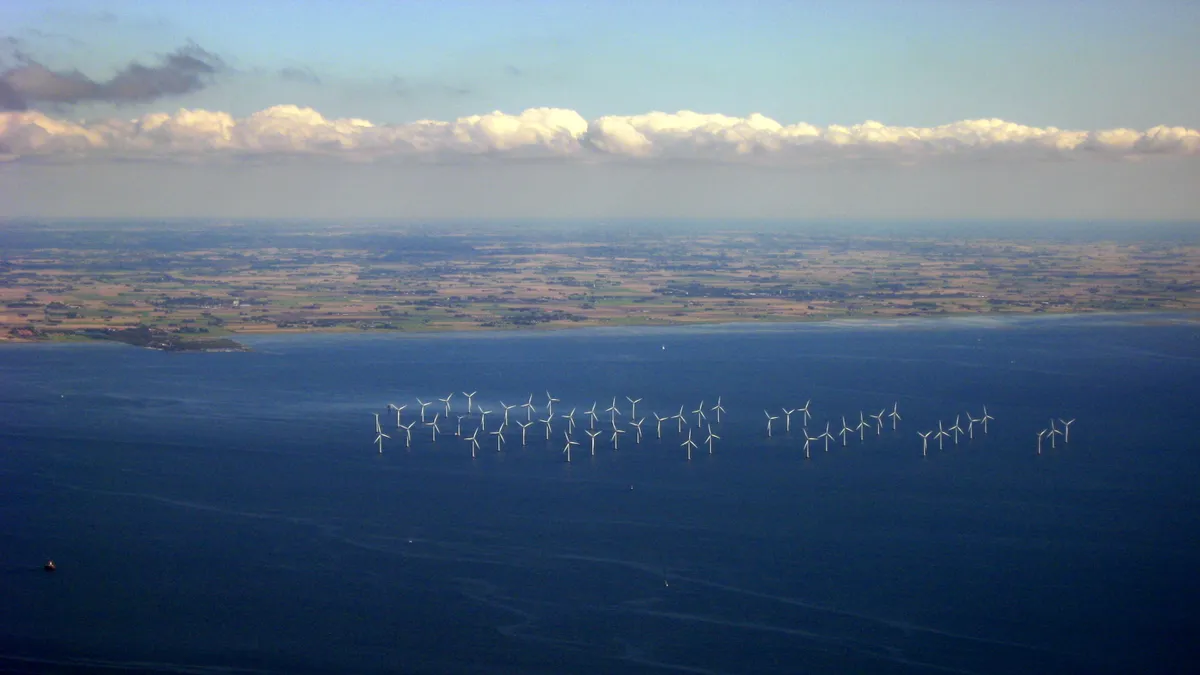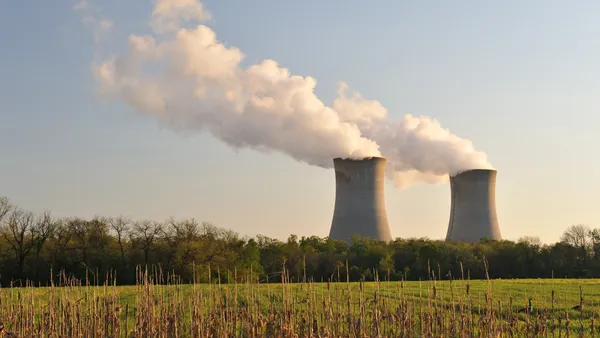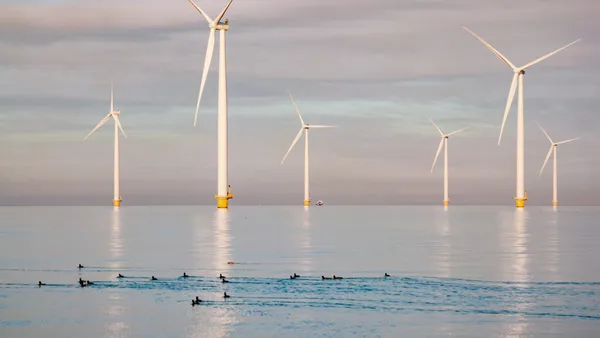Dive Brief:
- New York has set aggressive plans for developing its nascent offshore wind industry, targeting 2,400 MW of capacity by 2030, and announced last week it will be studying European offshore wind transmission models in an effort to benefit from advances made on the other side of the Atlantic.
- While the United States has several offshore projects in development, only one is currently operating. But the pace is expected to accelerate both domestically and abroad — analysts at Bloomberg New Energy Finance expect offshore wind resources to grow 600% globally by 2030.
- Across the pond, the offshore industry is far more advanced — in 2017 there was almost 16 GW of offshore wind capacity in Europe according to industry group Wind Europe.
Dive Insight:
To quote Issac Newton, New York wants to improve its chances of offshore wind success by "standing on the shoulders of giants." As the state dives into an aggressive, multi-year development, officials will be looking to their European counterparts for insight into what works and what does not.
In a statement, New York Power Authority (NYPA) President and CEO Gil Quiniones said the state wants "to distill the most important lessons learned from European development and consider the possible implications for New York State."
New York Democratic Gov. Andrew Cuomo announced last week that state power agencies and partners signed a memorandum of understanding to conduct a study of successful offshore wind transmission models, with a specific focus on large-scale European projects. The idea is to guide the state's procurements, which launch this year.
In January, the New York State Energy Research and Development Authority (NYSERDA) issued a "master plan" for developing the state's offshore wind energy industry, en route to 2.4 GW of capacity in the next dozen years. The plan will lead to the procurement of at least 800 MW over the next two years, with solicitations in 2018 and 2019.
NYPA will lead the study, collaborating with the New York ISO, Consolidated Edison, NYSERDA and Long Island Power Authority. According to the announcement, the study will examine "the different transmission and interconnection models currently used in Europe."
Wind energy meets 11% of Europe’s electricity demand and by 2030 could reach 25%, with increasing amounts coming from offshore projects, according to Wind Europe. Nine of every 10 wind farms in the world are located in Europe, the group said.
Last year, Europe installed 3.1 GW of new additional offshore capacity, with 560 new offshore wind turbines across 17 wind farms. The continent had a total installed offshore wind capacity of 15,780 MW in 2017, with more than 4,100 grid-connected wind turbines in 11 countries.
The United States has just 30 MW of offshore wind generation, coming from the Block Island Wind Farm off Rhode Island, built by Deepwater Wind and commissioned at the end of 2016. Particularly on the East Coast, however, several states are looking to change that, including Massachusetts and New Jersey, which have offshore wind goals that could add 7.5 GW of offshore wind within a few years.















